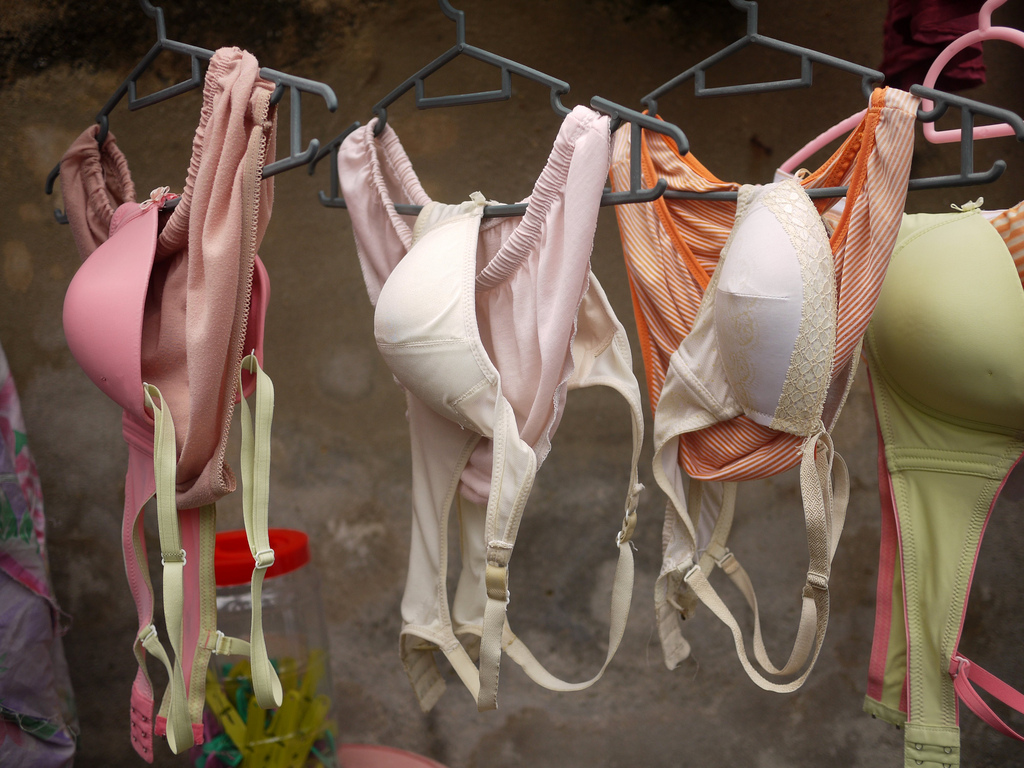Women have breasts. That’s no secret. Literally look around and I’m pretty sure you’ll find at least five or more breast having humans in your general area. Women have had breasts since the dawn of time and I’m sure that unless the future does something really weird, they’ll continue to have them until the end of time. So when did they become so sexualized?
At their root, breasts are a collection of fat cells gathered on the chests of most women. They serve few purposes, primarily being used to feed babies for the first few years of life.
Somehow, over the course of history, breasts have become sexualized. According to Mari Corona on workingmother.com, the sexualization of breasts is a Western issue.
In places like Europe, breasts are seen as no bigger of a deal than showing off your legs, which makes topless beaches no big deal. In Western societies, a woman with her breasts out represents her getting ready to engage in sexual activities.
It’s not just breasts though. Its knees, shoulders, stomachs, you name it. Any part of a girl that could be remotely exposed in a daily setting is suddenly considered sexual and is policed by those in authority at schools.
 Just last week Lizzy Martinez, a student at Braden River High School, faced this exact situation. She wore a grey long-sleeved shirt with no bra – something she had done in the past. She was called to the Dean’s office, where the Dean made her put another shirt on under her shirt to see if it restricted her breasts enough. She was then forced to bounce around to see if they were a “distraction” to the boys. After that, she was sent to the nurses’ office and forced to put bandaids over her nipples to hide them.
Just last week Lizzy Martinez, a student at Braden River High School, faced this exact situation. She wore a grey long-sleeved shirt with no bra – something she had done in the past. She was called to the Dean’s office, where the Dean made her put another shirt on under her shirt to see if it restricted her breasts enough. She was then forced to bounce around to see if they were a “distraction” to the boys. After that, she was sent to the nurses’ office and forced to put bandaids over her nipples to hide them.
Fox News reported that “Mitchell Teitelbaum, the district’s general counsel, released a statement saying the incident had been brought to the superintendent’s attention and would be reviewed.” This incident isn’t the first of its kind, however.
According to businessinsider.com, last year a girl was sent home because her T-Shirt dress was slightly above the knee, which meant it was distracting. I don’t know any human that is attracted to knees, or how a knee could be considered a distraction, unless it was particularly interesting looking.
The most striking part of each of these stories is, however, that the reason the girls were called to the office is because someone in a position of authority thought that a boy might be distracted from his work looking at a bare knee or the outline of a breast through a shirt.
No one seems to mention the idea that if a boy can’t keep his eyes on his studies instead of the chest of a girl next to him, there might be an underlying issue that needs to be addressed.
I’m sure if you asked most boys in high school or college if a glimpse of a bra strap or a bare shoulder was distracting, they would say no.
So why is it that adults have made this choice in their heads that girls are to be punished for being girls, while boys are to be coddled and protected from anything that might peak out from a girls’ clothing?
 Maybe we should all go back to wearing long medieval dresses or nun uniforms. Or instead of that, maybe we should all step back and take a look at how we’re raising men and women in our society. Perhaps if boys were desensitized to these things early on, we would have so many cases of deviant behavior when they’re adults.
Maybe we should all go back to wearing long medieval dresses or nun uniforms. Or instead of that, maybe we should all step back and take a look at how we’re raising men and women in our society. Perhaps if boys were desensitized to these things early on, we would have so many cases of deviant behavior when they’re adults.
People become curious about the things they have never seen or had, which can lead to trouble.
All in all, girls need to stand up for themselves, and men can help too! There have been cases in high schools around the country where many male students thought that the punishment a female student received for her dress was unfair, and they joined in and stood up for her.
This isn’t one person’s fight, or even one gender’s fight. We all have our places in this world and we can all help stand up for what we think is right. We’re all human. We’re all made of skin and bones and fat cells. Some of us just have those fat cells on their chests and shouldn’t be made to feel ashamed of it.
Jeri Hensley
Graphic Designer


